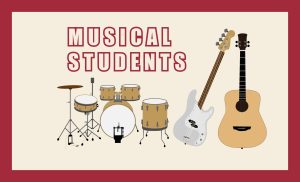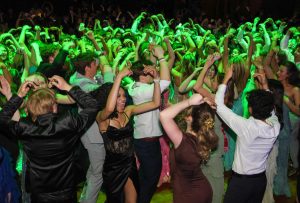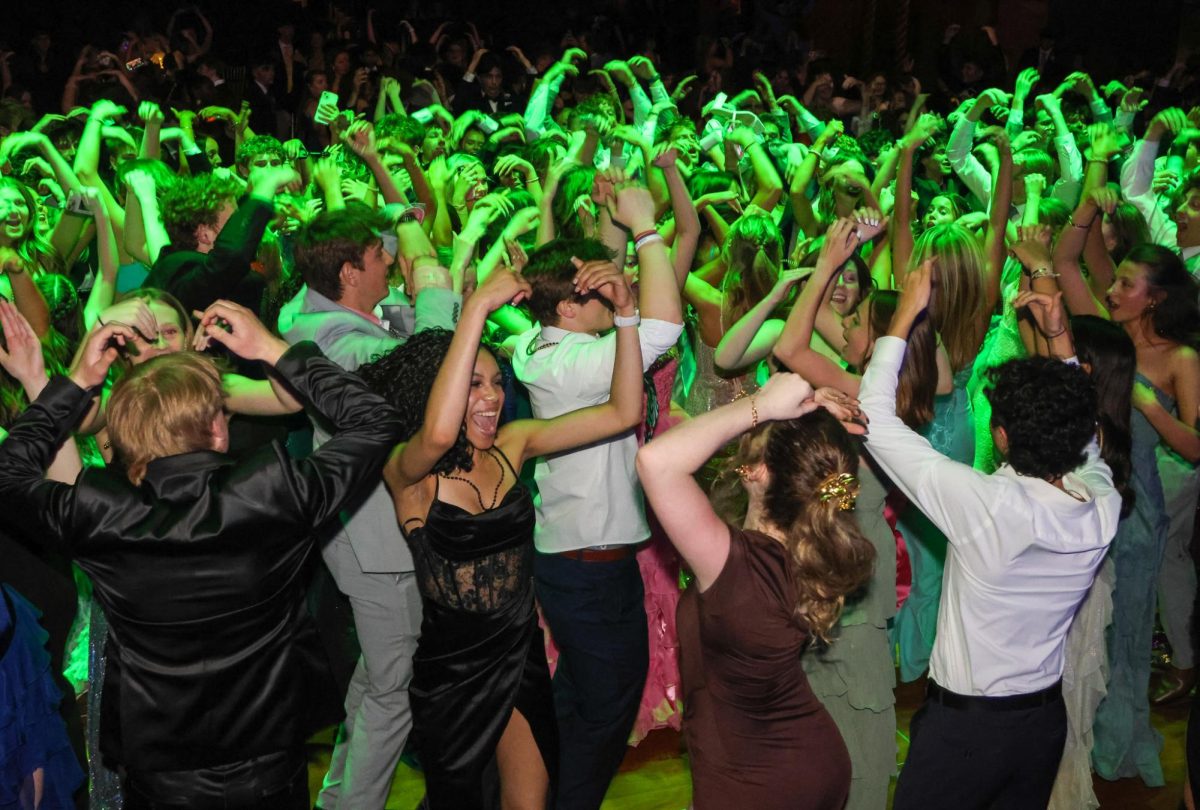We shouldn’t be forgetting about female authors or historical figures
Teaching female-based curriculum in school is important for both genders
February 5, 2016
When I was seven, I wanted to be Elizabeth Swann from Pirates of the Caribbean. She was independent, a leader and all-around awesome. The only problem was, she was fictional and a pirate — two things I couldn’t be.
The problem with my admiration of a fictional character was that I did so out of lack of knowledge of women in history. Growing up, we learned about presidents, explorers, authors and kings who were all men. Why had it taken until sophomore year for me to learn about Queen Elizabeth I, Empress Catherine the Great, progressive Harriet Taylor or poet Emma Lazarus?
While schools have been predominantly taught by women throughout history, the curriculum lacks in comparison, unintentionally — or, in some cases, intentionally — dismissing the roles of females in history and English classes.
In most cases, English and history teachers unintentionally choose male figures over women, it is important to notice that it happens often and gives few opportunities for women to find someone to look up to or connect with. Not only this, but the points of view and events offered by female figures and authors provide new topics of discussion and understanding. With more incorporation of female based information, women will be able to recognize what they are capable of and not question if the career or talents they are pursuing are suitable for a female.
When schools don’t include female figures or female authors in standard curriculum, students learn that the only things women have contributed to until recently are being wives or generally second-rate to their male counterparts. In reality, women have led countries, pioneered fields of scientific study, written award-winning books and influenced major historical events. The dismissal of women in influential positions limits future women and their potentials.
History has shown us great leaders like Teddy Roosevelt and George Washington. English has told us about Shakespeare, Edgar Allen Poe and Homer. And, while those amazing men should receive every ounce of acknowledgement they deserve, what about their female counterparts? Eleanor Roosevelt, Nancy Hart, Harriet Taylor, Emma Lazarus and Sappho are all women who should be admired for their accomplishments, but lost and never taught about.
While no English class I have been a part of has deliberately dismissed female figures, it is important to glorify their work the same way men’s work is. In my time in high school, I have only read three novels by female authors. Yet, incorporating literature written by women shouldn’t just be to have an equal balance of authors by gender, it should be because women’s writings are different than men’s, with different experiences and points of view important in developing a more liberal education.
While students are unable to do much when it comes to deciding what is taught, teachers should lead the process of including more female authors and lessons about them. No longer should young girls have to look to their televisions or movie screens to find a woman who inspires them, but by their textbooks and assigned novels.













Tom McClain • Feb 9, 2016 at 5:14 pm
If this was written in response to the “Women in History” questions at Quest, I was thinking the same thing. Embarrassing that a game meant to highlight our school curriculum actually reveals its failures. It’s also worth noting that bias is often racial as well as gender-based, and Eurocentrism is
often much more deeply rooted in our cultural mythology than sexism.